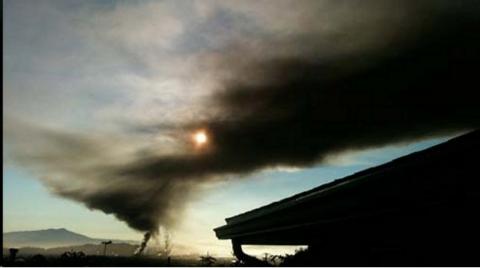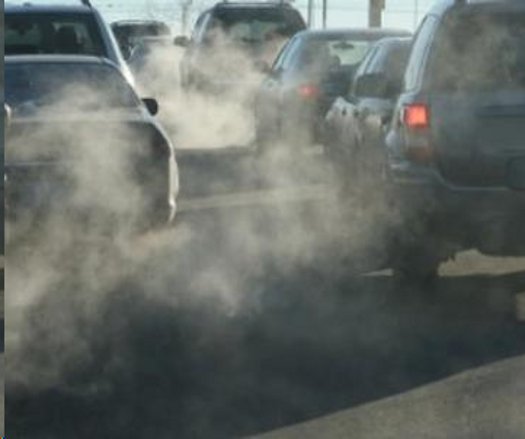Communities of Color Face Greater Exposure to Pollution

From Afro.com and republished by our content partner New America Media:
Communities of color across the United States are exposed to disproportionately high rates of pollution, according to engineering and environmental researchers at the University of Minnesota (UM) released in time for Earth Week.
Researchers looked at the variations in pollution exposure across race, income, education attainment and other categories, and found race to be the dominant determining factor.
The study, titled National patterns in environmental injustice and inequality: Outdoor NO2 air pollution in the United States, found that African Americans and other minorities breathe in air with 38 percent more noxious nitrogen dioxide than Whites because of their close proximity to power plants and the inhalation of vehicle exhaust.
Lower-income Americans and those with lower education attainment also were exposed at higher rates than their richer and more educated counterparts, respectively.
“We were quite shocked to find such a large disparity between Whites and nonWhites related to air pollution,” said Julian Marshall, a civil engineering associate professor in the University of Minnesota’s (UM) College of Science and Engineering and co-author of the study, in a statement.
The researcher said they were equally surprised that the disparity occurred in most of the U.S. While other studies have examined disparities in exposures to environmental risks, including air pollution, at a city, state and regional level, the Minnesota researchers say their study is the first to use satellite observations, measurements by the Environmental Protection Agency (EPA), and maps of land uses to explore disparities in exposure to air pollution for the U.S. nationwide.

Nitrogen dioxide is one of the toxic pollutants monitored and regulated by EPA and causes respiratory ailments. Thus, the health implications of the disparities in exposure found in the UM study could be substantial, researchers claim. For example, the study estimates that if non-Whites breathed the lower nitrogen dioxide levels experienced by Whites, it would prevent 7,000 deaths from heart disease alone among minorities each year.
Researchers believe the study could be a resource for monitoring and evaluating other areas of environmental disparity.
“Our study,” Marshall said, “provides a great baseline to track over time on important issues of environmental injustice and inequality in our country.”
“National patterns in environmental injustice and inequality” was published in the April 15 issue of PLOS ONE, a leading peer-reviewed scientific journal.
From Afro.com






























































































































































































































































































































